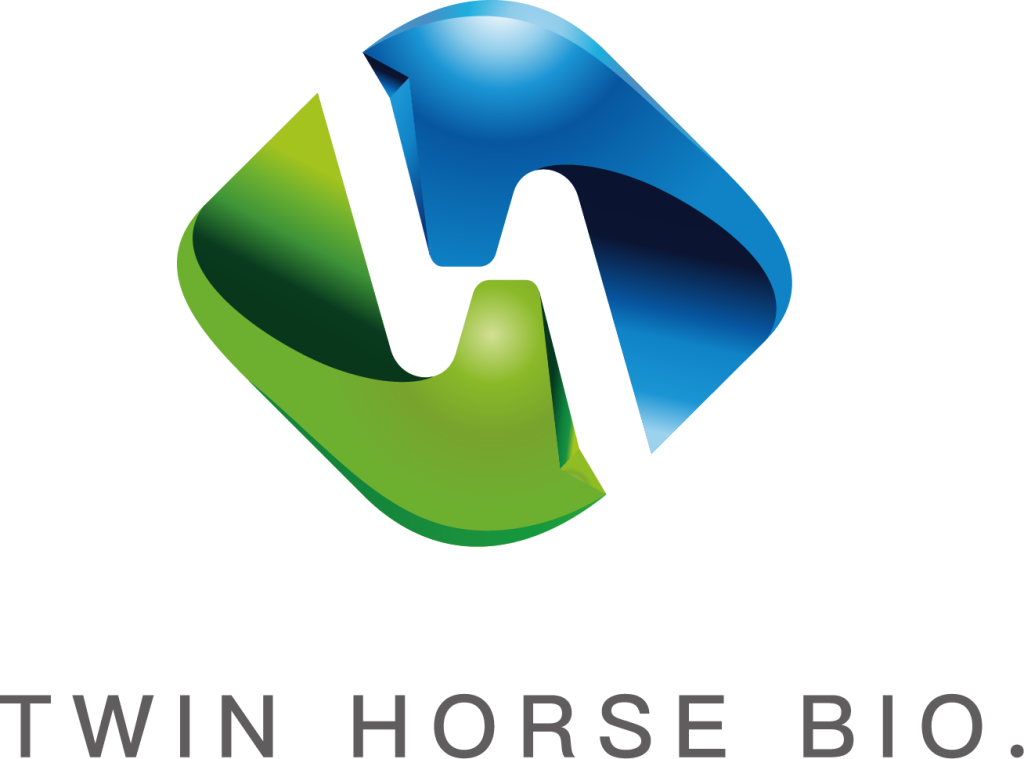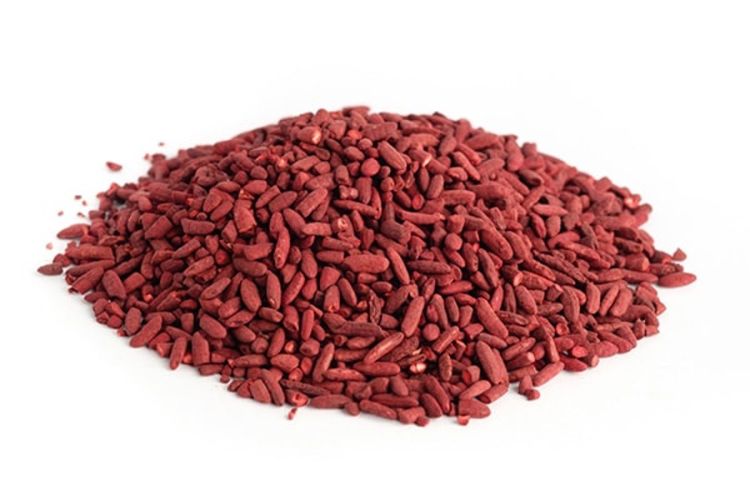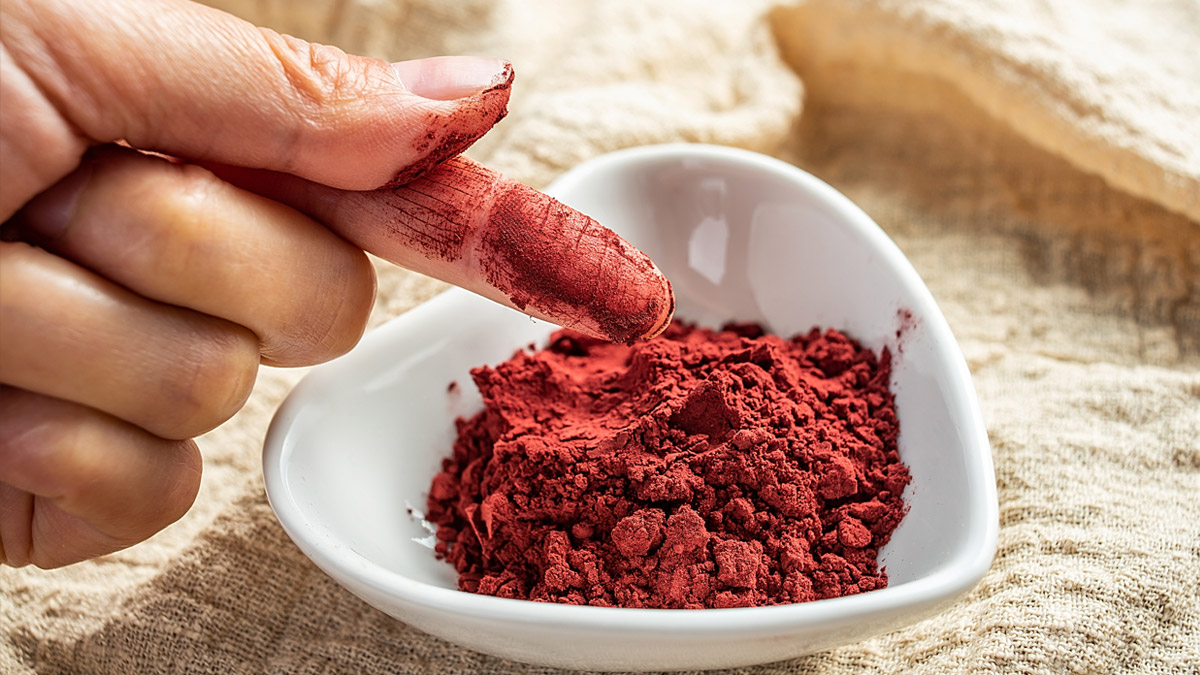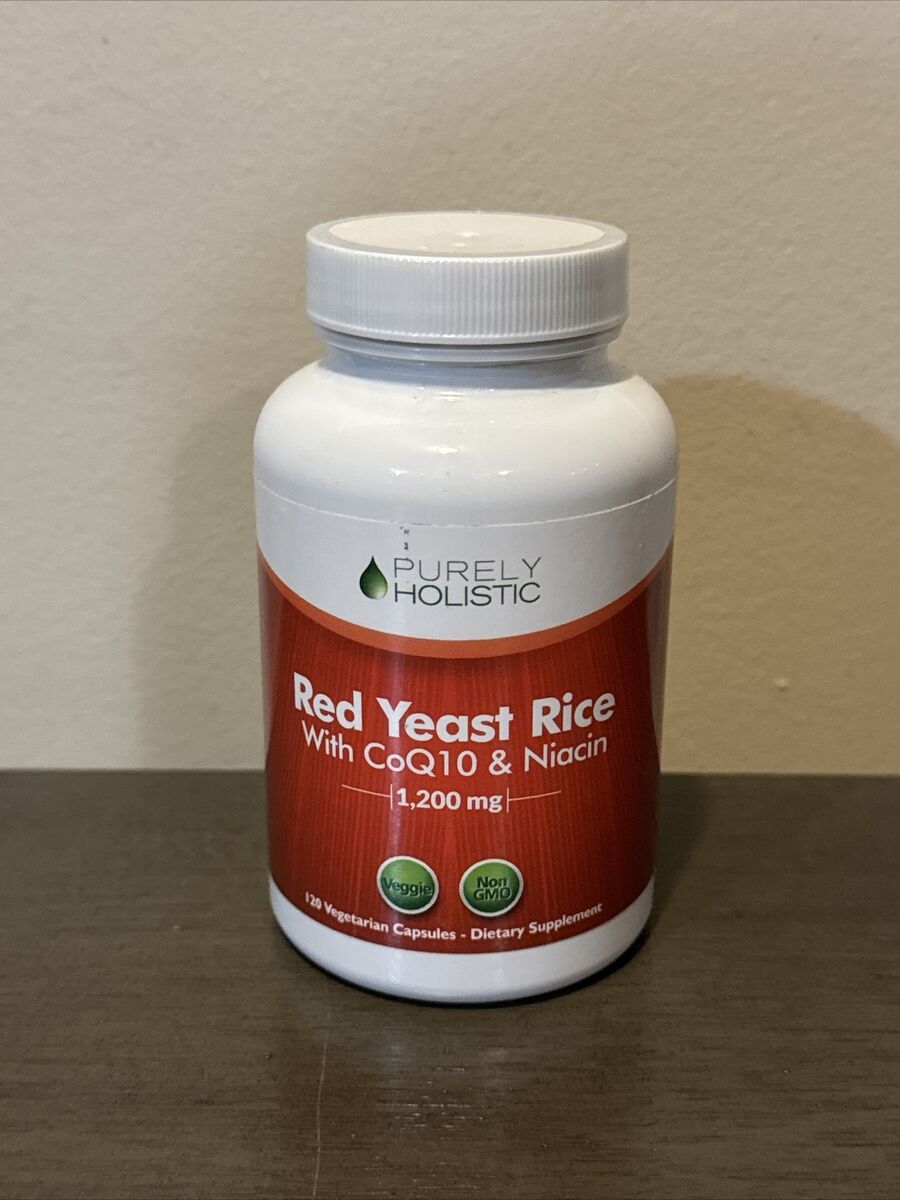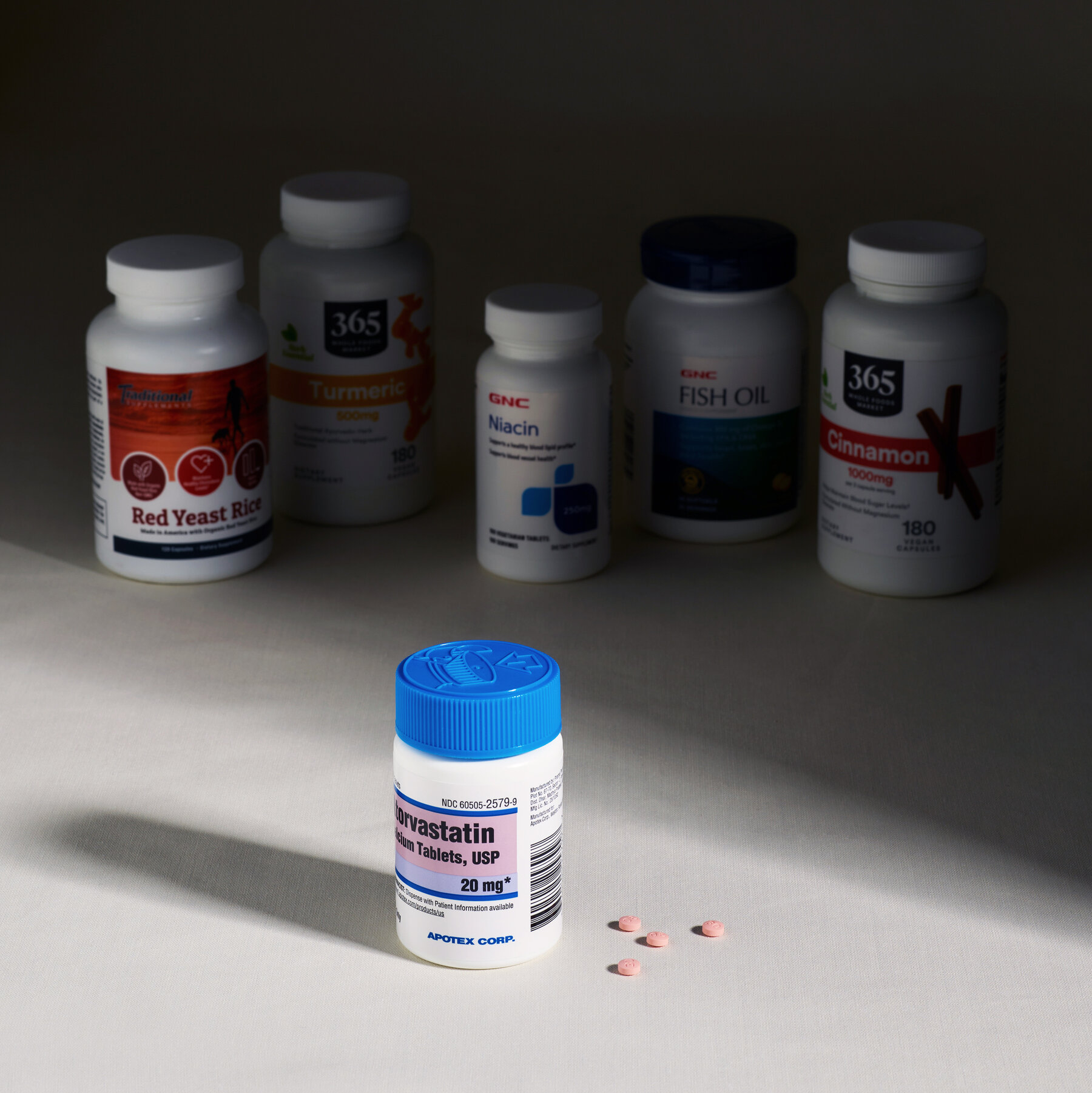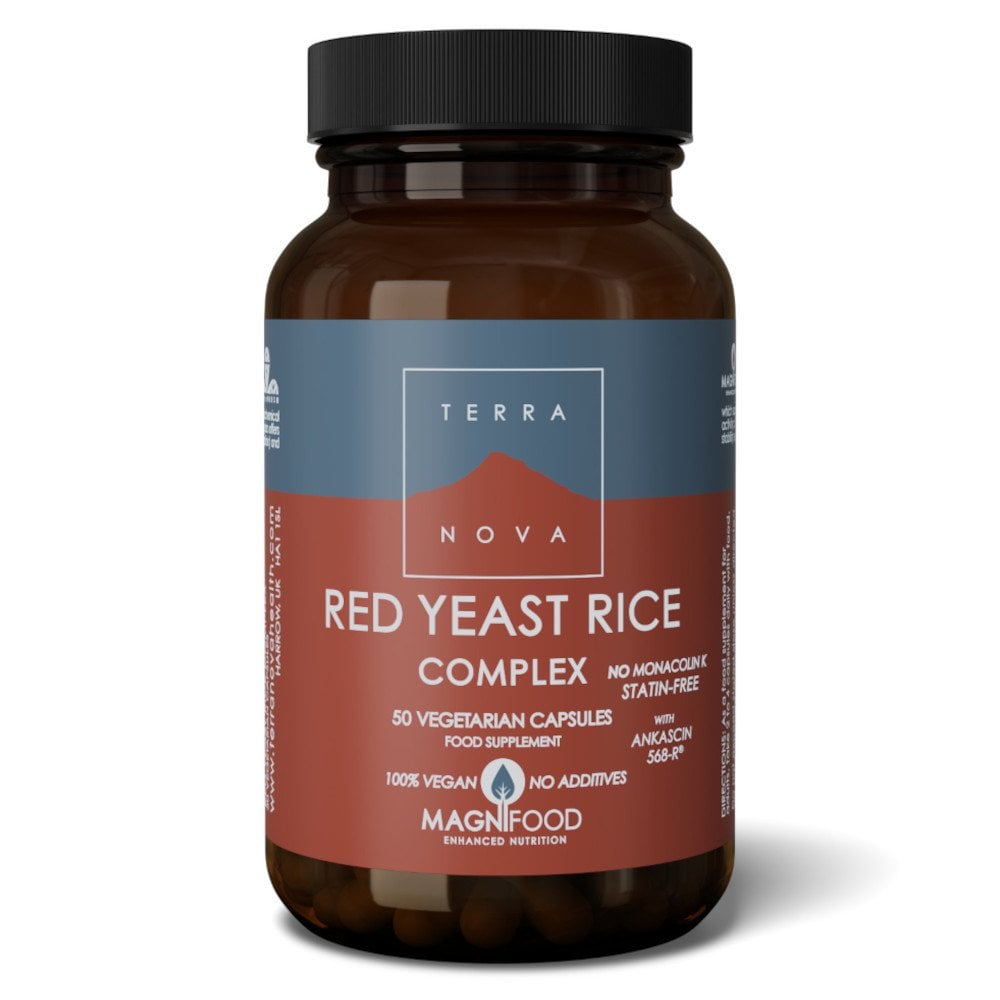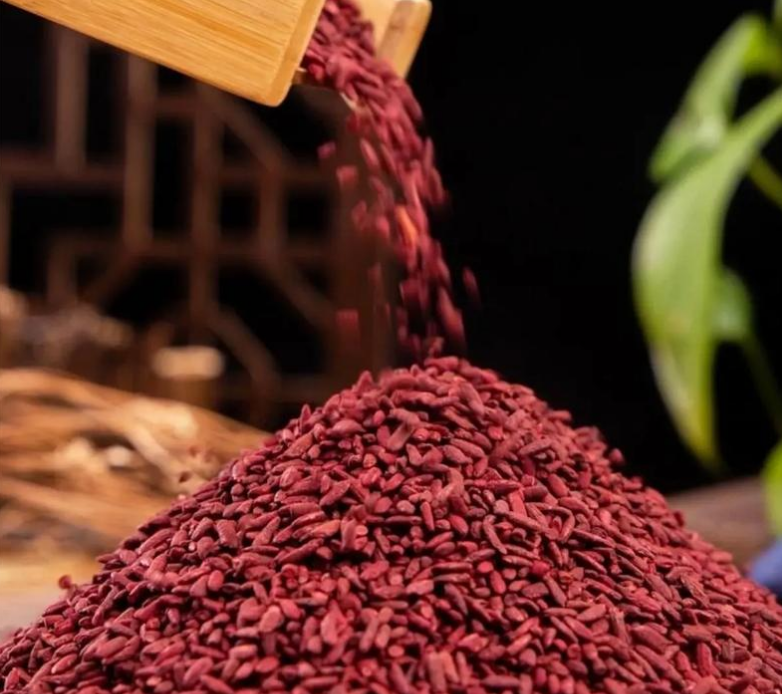Yes, red yeast rice can replace statins for some individuals. It contains monacolin K, which lowers LDL cholesterol by 20-30%, similar to prescription statins. Studies show that 1,200 mg daily of red yeast rice can reduce LDL levels by up to 30%. However, it may not be suitable for everyone, and consultation with a healthcare provider is recommended.
Contains Monacolin K
Red yeast rice contains monacolin K, a naturally occurring active ingredient chemically identical to lovastatin—the active ingredient in statin drugs. This active ingredient allows red yeast rice to effectively lower cholesterol levels. It is documented from studies that red yeast rice decreases LDL cholesterol by about 20-30%, comparable to standard statins. In clinical trials, those taking the red yeast rice had an approximate 40 mg/dL reduction in total cholesterol—very significant—and similar in degree to what one might achieve on prescription statins, such as atorvastatin or simvastatin. The dose of monacolin K in red yeast rice can vary; high-quality supplements generally contain 600-1200 mg per day, which equates to the typical recommended dose for cholesterol management.
Another important advantage of the use of red yeast rice over classic statin medications is cost. A month’s supply of the nutritional supplement red yeast rice costs between $10 and $30, depending on the brand and dosage, much less than the $30 to $100 monthly cost of statins for people without insurance or those whose insurance plans have a high deductible. For the uninsured, that could mean huge savings if they had to make the switch to a more natural alternative. In fact, for a person on statins alone for one year, this could cost him anywhere from $360 to $1,200 while a year’s supply of red yeast rice alone will cost him between $120 and $360, well within his affordable means should long-term use become necessary.
On the negative side, red yeast rice is highly variable among brands. For example, research has demonstrated that monacolin K, the main active ingredient in red yeast rice, can range from 0 mg to more than 10 mg per serving between supplements, with generally higher levels producing greater cholesterol-lowering effects. In one study published in the Journal of the American College of Cardiology, it was observed that when supplements with a monacolin K concentration of 6 mg were given to the participants, it dropped their LDL cholesterol by about 25%, while patients with supplements containing lower amounts showed minimal reduction. This inconsistency in the content of monacolin K means that consumers should seek products from reputable brands that ensure consistent potency and third-party testing to avoid potential risks and maximize benefits.
Besides the lowering of LDL cholesterol, red yeast rice can also have a positive effect on triglycerides. One study showed a 10-20% reduction in triglycerides among participants who took red yeast rice for 12 continuous weeks. Triglycerides are another form of fat in the blood that determine the risk of heart disease, and an overall reduction in triglycerides along with the LDL cholesterol may make a significant difference to total cardiovascular risk. By comparison, statins do lower triglycerides, but the action is usually more modest, typically in the range of 5-15%. Because of this, red yeast rice can serve as an effective supplement for those looking to lower their cholesterol and triglycerides simultaneously without any of the side effects attributed to statin drugs.
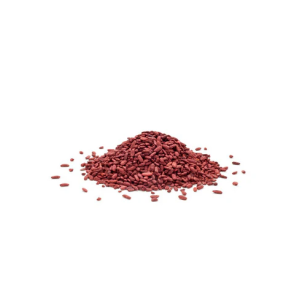
Lowers LDL Cholesterol
Extensive studies have been carried out on red yeast rice regarding its efficacy in lowering LDL cholesterol, which is the “bad” cholesterol that forms plaques in the arteries. The main active component of red yeast rice is monacolin K, and it is chemically similar to a well-known statin medication called lovastatin. This makes red yeast rice a promising alternative for those who would like to handle cholesterol levels naturally. Clinical research also continues to prove that red yeast rice lowers LDL cholesterol levels, in some cases demonstrating up to 30%. For instance, one study published in the Journal of Clinical Lipidology found that 1,200 mg daily red yeast rice supplementation was associated with a 25-30% reduction in LDL cholesterol within just 12 weeks and was equivalent to a moderate dose of lovastatin.
The content of monacolin K varies in different preparations of red yeast rice, which affects the magnitude of LDL cholesterol-lowering. In one of the largest studies published in the American Journal of Cardiology, a daily dose of 6 mg of monacolin K was associated with an average reduction of 23% in LDL cholesterol after 12 weeks. This is roughly equivalent to the level achieved by prescriptions of 10-20 mg dosages of statins and points toward the use of red yeast rice as an active, less expensive agent. Another study consisted of a much higher dosage of 1,200 mg of red yeast rice daily and thus demonstrated a 30% reduction in LDL cholesterol among subjects not on any statin medications previously. This means that if dosed properly, the contribution of red yeast rice can be significant.
It is not just theoretical that red yeast rice works to lower LDL cholesterol; it is also teased out in real-life data from clinical trials and studies. A meta-analysis by researchers at the University of Oxford reviewed 15 randomized controlled trials on red yeast rice and found, on average, it reduced total cholesterol by 27 mg/dL and LDL cholesterol by 21 mg/dL after 12-16 weeks of use. These reductions are similar to the percentage reductions seen with statins but, for some individuals, with the potential advantage of fewer side effects. Statins lower LDL cholesterol by 30-50% but often come with muscle pain, liver damage, and digestive side effects. Red yeast rice, for its part, can be a smoother approach still holding risks, especially in high dosage.
Apart from low LDL, red yeast rice may also increase the cholesterol overall profile by raising HDL cholesterol, or “good” cholesterol. While statins in general do an even better job at lowering LDL, some studies have demonstrated that red yeast rice can increase levels of HDL cholesterol as much as 5-10%. This is important, as the higher the HDL cholesterol, the more excess it can remove from the bloodstream, further helping with heart health. For example, in one study, participants who took 1,200 mg of red yeast rice daily not only reduced LDL by 30% but also increased HDL cholesterol by 10%. This coupled effect of lowering LDL while raising HDL serves to improve the overall cholesterol ratio, a prime factor in minimizing cardiovascular risks.
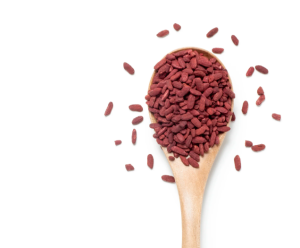
Natural Source
This food and medicinal agent, derived from traditional Chinese culture, has its place in modern wellness and cardiology, being used for the purpose of lowering cholesterol levels. A natural source of monacolin K, chemically identical to the statin lovastatin, red yeast rice offers a plant-based alternative to prescription medications. This concept of using natural substances for health purposes is quite appealing to those who avoid synthetic chemicals. One study published in the Journal of Clinical Lipidology mentioned that natural monacolin K in red yeast rice could lower LDL cholesterol by 20-30%, much like conventional statins, without any pharmaceutical interference. This brings a ray of hope for people seeking alternative natural ways to control cholesterol rather than taking prescription drugs.
Its appeal, however, lies in its being a natural source of monacolin K. The natural process of red yeast rice is easier on the body than synthetic statins, which can create a plethora of side effects: muscle pain, liver damage, and digestive problems. Statin drugs reduce LDL cholesterol through an enzyme called HMG-CoA reductase—the very same enzyme that monacolin K in red yeast rice suppresses. In one clinical trial, 1,200 mg of red yeast rice daily was taken for 12 weeks, and the LDL cholesterol was reduced by 25-30% with fewer adverse effects than on statin therapy. That may suggest that the natural compound in the red yeast rice could be safer for individuals sensitive to the side effects of statins.
Beyond cholesterol control, being a naturally derived product, red yeast rice contains certain other useful effects. Along with other bioactive ingredients, it includes sterols, isoflavones, and polyphenols. They have been reported to exhibit antioxidant and anti-inflammatory properties with cardiovascular protection. Indeed, they may contribute to blood pressure reduction, decrease inflammation, and even improve blood vessel function. In one study, individuals treated with red yeast rice supplements showed a 5-10% decrease in blood pressure after 8-12 weeks. These additional cardiovascular benefits make red yeast rice a more holistic choice for people looking to improve overall heart health, rather than just those looking to lower their cholesterol levels.
On the other hand, the natural source of red yeast rice is combined with a few challenges about consistency and quality control. Unlike synthetic drugs, highly regulated and standardized, the amount of monacolin K in red yeast rice can vary widely depending on a number of factors related to the method of production and the quality of raw materials used. One study from Harvard Medical School found that 30% of red yeast rice supplements contained too little monacolin K to have any significant cholesterol-lowering effect. Some of these have even been demonstrated to contain contaminants, including citrinin, a mycotoxin implicated in kidney damage. Because of this, consumers should choose only those red yeast rice supplements from firms that submit their products for third-party testing to assure effectiveness and safety.
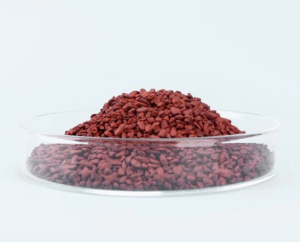
Fewer Side Effects for Some
Yet another of the many advantages that red yeast rice poses over prescription statins is the possibly fewer side effects for some. The adverse effects accompanying statin drugs are legion: muscle pain, liver damage, and digestive problems. Indeed, 5-10% of persons on statins report muscle pain ranging from mild discomfort to severe myopathy, necessitating drug withdrawal. On the other hand, some users have remarked that red yeast rice, which contains an active compound commonly known as monacolin K, causes fewer or less serious side effects. As an example, a clinical trial published in The American Journal of Cardiology states that when taken, red yeast rice patients had incidences of muscle pain that were significantly lower compared to statin users; only 2-5% of users reported mild discomfort. That means that for some people, the red yeast rice may be an intolerable alternative to statins.
The fact that side effects among its users are low might partly stem from its natural ingredient. Whereas synthetic statins are chemically altered for improved strength and thus better bioavailability, the nature of the ingredients in red yeast rice could make it lighter on the body. It has also been noted in research studies that individuals with side effects from statins, including muscle pain or weakness, do not have the same type of problem with red yeast rice. One study reported in The Journal of Clinical Lipidology found that 13% of participants taking a statin in the test group developed muscle-related side effects, while only 4% of the participants who were given the red yeast rice experienced discomfort in their muscles. This might be explained by the fact that red yeast rice exerts less intensive effects on the muscular tissues, or has different pharmacokinetics compared with synthetic statins.
Besides fewer muscle-related side effects, red yeast rice might carry less risk of liver enzyme abnormalities compared with statins. Statins are known to elevate liver enzymes in about 1-2% of its users, which may indicate potential liver damage and hence needs monitoring through blood tests. On the other hand, in a study published in The Lancet, red yeast rice users were found to have less than 1% incidence of elevated liver enzymes compared to statin users. This makes red yeast rice a safer agent for those sensitive to statin effects on the liver, given that it presents less of a concern, although it still poses a risk to liver health with high dosing or sustained consumption.
Of course, lesser side effects for some do not necessarily translate that red yeast rice is completely bereft of risk. One study published in the Journal of Lipid Research estimated that 5-10% of red yeast rice users still suffered from gastrointestinal upset, bloating, or gas. These side effects are generally less serious compared with the more serious potential side effects associated with statins. In addition, the users of red yeast rice should pay close attention to the contamination of citrinin, a mycotoxin with nephrotoxicity. Though most of the respectable manufacturers take care that their products are free of citrinin, consumers should also be aware and select supplements that are third-party tested for their purity and safety. Where these side effects do arise, one should consult a healthcare provider to adjust the dosage or, in certain cases, go off the product altogether.
Supports Cardiovascular Health
Red yeast rice has been shown to support cardiovascular health on numerous occasions, largely through its efficacy at lowering LDL cholesterol and generally improving overall cholesterol profiles. Probably the most salient feature of cardiovascular health is the maintenance of a proper cholesterol ratio, specifically speaking—a reduction in LDL cholesterol, the so-called “bad” cholesterol, and an increase in HDL cholesterol, the so-called “good” cholesterol. Indeed, various studies have documented that red yeast rice reduces LDL cholesterol by 20-30%, a range that has a direct correlation with reduced risks for cardiovascular events, including myocardial infarction and stroke. In a study published in The Journal of Clinical Lipidology, researchers found that patients who took a daily 1,200 mg dose of red yeast rice over 12 weeks reduced their total cholesterol by around 40 mg/dL, their LDL by 27%. This reduction is comparable to statins, which is widely prescribed for lowering cholesterol and preventing cardiovascular diseases.
Other than its LDL cholesterol-lowering effects, red yeast rice has been documented to be of beneficial use in some other major variables in cardiovascular issues: these include a reduction in triglycerides, another kind of fat flowing through the blood that contributes to cardiovascular risk. According to one clinical trial reported in the American Journal of Cardiology, supplementation with red yeast rice reduced triglycerides an average of 20% in individuals at risk for heart disease. High levels of triglycerides are linked with an increased risk of heart disease and stroke, and thus lowering them is a very major component of heart health. Red yeast rice promotes a more favorable lipid profile by simultaneously decreasing LDL cholesterol and triglycerides. It therefore generally decreases the risk of cardiovascular events.
Apart from the contribution of red yeast rice to cholesterol and triglyceride levels, there is also an anti-inflammatory role for this species that acts in a beneficial manner in cardiovascular terms. Chronic inflammation is involved in atherosclerosis, plaque deposition into the arteries leading to heart attacks and strokes. According to studies, the red yeast rice compounds, especially sterols and polyphenols, have antioxidant and anti-inflammatory effects, which reduce blood vessel inflammation. According to a study published in the European Journal of Clinical Nutrition, supplementation with red yeast rice results in a significant reduction in C-reactive protein, a marker for systemic inflammation. Food supplementation with red yeast rice daily for a period of 8-12 weeks resulted in a 15-20% reduction in CRP levels, indicative of reduced overall inflammation and hence reduced incidence of cardiovascular diseases.
Red yeast rice could also contribute to blood vessel function, which is an important determinant of blood flow and may offer some protection against conditions such as hypertension and congestive heart failure that involve blood circulation. One study out of the University of Michigan showed that an animal model with high cholesterol that received supplementation with red yeast rice had improved endothelial function—the dilation/constriction capability of blood vessels. Those who took 1,200 mg daily for 3 months showed a 12% enhancement in endothelial function as compared to control subjects. Healthy endothelium contributes toward enhanced blood circulation at reduced pressure on the heart. Consequently, red yeast rice can decrease the chances of high blood pressure and lower heart disease risks over time by restoring the healthiness of the vessels.
Lower Cost
Red yeast rice is considered, with many more advantages, to be an attractive point for serving as an alternative to prescribed statins due to its affordability, a potential use for those looking to regulate their cholesterol levels sans the expensive costs associated with prescriptions. Statins—atorvastatin and simvastatin among them—are some of the drugs that have been prescribed to bring down cholesterol levels. These quickly mount up in cost, especially in long-time prescriptions. In the US, the average cost of a 30-day supply of prescription statins is between $30 and $300, depending on which statin is prescribed and the individual patient’s insurance coverage. By contrast, red yeast rice dietary supplements are much less expensive than statins. Typical costs range from $10 to $30, depending on the brand and dosage. This price difference makes red yeast rice a more affordable option for those who wish to manage their cholesterol levels without breaking the bank.
Indeed, studies have shown that red yeast rice offers an effect comparable to that of prescription statins in lowering LDL cholesterol, adding value to its cost-effectiveness. For instance, one study from the Journal of Clinical Lipidology found that 1,200 mg daily of red yeast rice taken over a period of 12 weeks reduced LDL levels by 25-30%, very similar to the cholesterol-lowering effect of statins, which lower LDL levels by 20-40%. That implies red yeast rice, for someone trying to reduce their cholesterol level, can work similarly to prescription statins but much cheaper. For the unemployed or those with high co-pays, the savings could add up over time, potentially saving hundreds of dollars annually as opposed to using prescription statins.
In addition to just straight cost, another significant advantage that red yeast rice has is being the more affordable long-term option. Statin drugs require more frequent visits to health care providers and periodic blood tests to monitor liver enzymes and muscle function. These added costs to health care can add up over time—especially for any person that may have to stay on statins for many years. As one study estimated, published in the American Journal of Managed Care, the average annual cost for managing a patient on statins was between $1,200 and $1,500. The total cost for one year of the supplement red yeast rice would be in the range of $120 to $360, depending on dosage and frequency. This huge cost disparity makes red yeast rice more accessible and affordable for individuals who need to manage their cholesterol over extended periods of time.
For those who have no insurance or those whose co-pays for medications are high, the savings from red yeast rice may be substantial. Next to a lower up-front cost, red yeast rice might also decrease the need for other medications or interventions. In one such study, at the University of California, 15-20% of the subjects receiving red yeast rice were able to either eliminate or reduce their requirement of other cholesterol-lowering drugs like fibrates or niacin after supplementation for a period of 6 months. Red yeast rice lowers LDL cholesterol and improves overall cholesterol ratios, which in turn reduces the need for more expensive prescription treatments and makes a further contribution to savings for the patient.
Easier to Incorporate
One of the most dramatic advantages of red yeast rice as a cholesterol-lowering supplement over prescription statins is that it has proven to be much easier to integrate into everyday life. While statin medications require a prescription from your doctor, frequent doctor visits for monitoring, and often lab tests to check for side effects, red yeast rice can be found over-the-counter in various supplement forms like capsules, tablets, and powders. This is because such accessibility enables the incorporation of this specific food product into a routine without dependence on doctor’s visits at regular intervals or tests via frequent checks. In fact, many are finding that one aspect that makes red yeast rice a more viable and tolerant choice for their cholesterol maintenance is its availability over-the-counter. Another way of easily using red yeast rice is to integrate it into an already established regimen of supplements. If one is already on other vitamins or health supplements, it’s not going to be a major addition to an existing regime. Indeed, studies demonstrate that individuals who take 1,200 mg of red yeast rice per day can expect a 25-30% decrease in LDL cholesterol and safely combine these with other heart-healthy supplements, including omega-3 fatty acids or CoQ10, often utilized to support heart health. In one National Institutes of Health study, those who received both omega-3 fatty acids and red yeast rice experienced a decrease of 10 percent in triglycerides and 25 percent in LDL cholesterol over a 12-week period. Such an exemplary combination therapy demonstrates well how red yeast rice would easily complement a general wellness program, providing ease and convenience with regard to managing heart health.
Beyond its ability to be offered in supplement form because it is so easy to consume, red yeast rice could be added to the diet through foods that contain the extract, especially through traditional Asian cuisine where it has been used for centuries. Often included in rice cakes and congee, it also sometimes is used to color food, among its many applications in Chinese medicine. This is, in fact, the kind of historical and cultural background that allows for ease of use of red yeast rice into daily meals that is easier to do with people already familiar with red yeast rice in cooking. Consuming as little as 2-3 grams of red yeast rice per day, either through food or supplement form, may have a measurable effect on cholesterol. As a result of this flexibility, it allows one to derive the benefit of red yeast rice in one’s diet who would rather not take supplementary tablets or pills, hence much more practical and easy to use.
For some a little apprehensive about supplements or medication, red yeast rice gives them an all-natural alternative not having to go through complicated dosages or timing. In a clinical study published in The American Journal of Clinical Nutrition, patients on statins prescribed for them forgot or omitted the dose because it was a hassle to maintain continuous intake of medication. In contrast, patients on red yeast rice demonstrated better compliance when more than 80% of participants adhered to their daily dose. It is easy to follow and requires only once or twice in a day, thus maintaining the cholesterol lowering consistency over time.
Besides being easier to fit into a daily routine, red yeast rice is normally well-tolerated by most. While statins have side effects such as muscle pain, liver enzyme abnormalities, and gastrointestinal problems in approximately 5 to 10 percent of users, red yeast rice doesn’t tend to cause such similar side effects for most people or not as aggressively. This has made it an attractive alternative to many who cannot tolerate the prescription drugs. For example, a clinical study conducted at the University of California revealed that only 3-5% of people using red yeast rice had side effects – mild muscle pain. In contrast, 10-20% of people on statins experienced the same side effect profile. The easier application and lesser side effect profile by comparison make red yeast rice a very viable and practical option for people in need of or wishing to lower their cholesterol levels naturally.
